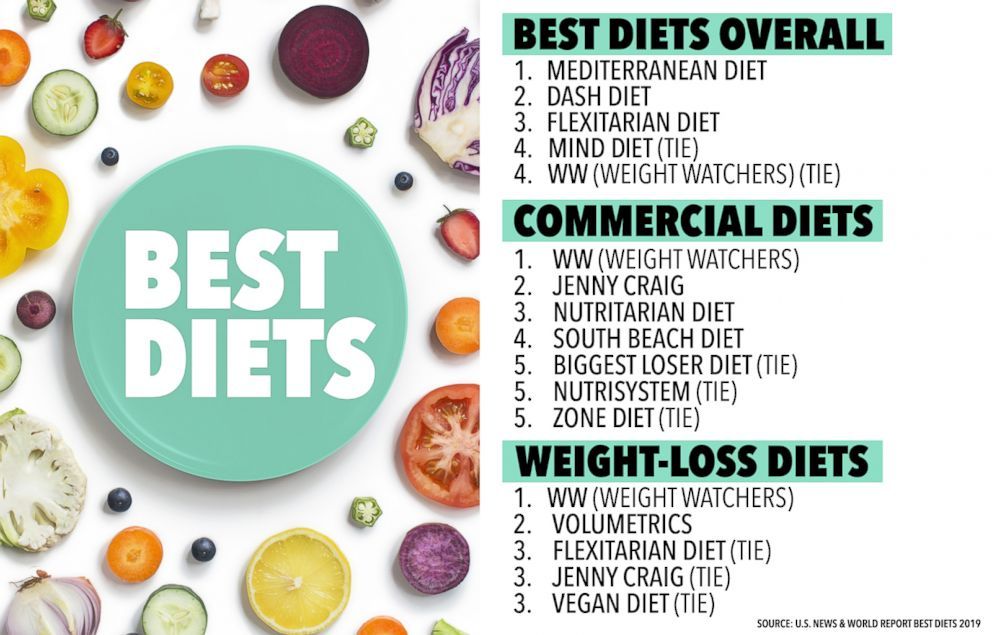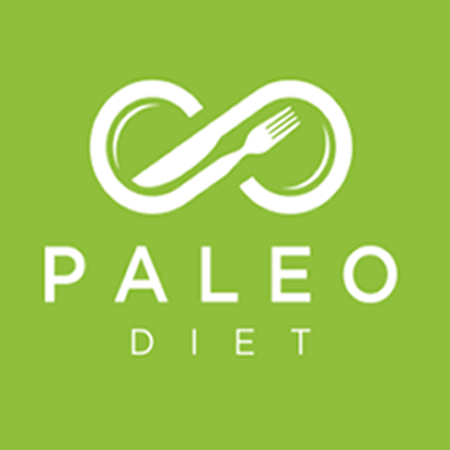
The paleo diet emphasizes eating food that our ancestors would have eaten. This diet includes food such as apricots and dried pumpkin seeds. It's also rich in sweet potatoes, chicken, and other veggies. EatingWell recognizes the importance of certain foods, even though the paleo diet can seem restrictive. Here, we'll discuss which ones you can eat while still maintaining a healthy diet.
Pola makanan, paleolithic manusia
Christina Warinner, Ph.D., studied pola makan manusia purba and mitos-mitos pola makanan paleolithic manusia in 2010. She says that manusia Paleolithic ate a lot of meat and consumed a lot of daging. This myth was once widely believed by paleolithic humans, but it has been discredited and is no longer relevant.
Paleo diet, also known as "diet of the manusiagua", is a way for people to eat in a similar fashion to the food that manusiagua and men used to consume. They help preserve their heritage and improve their kesehatan. This diet isn't for everyone. It is not for everyone.
The Ramasokat lukisan includes two types of Kelompokan: the ceruk and the lukisan. They were first cultivated in Liabalano, Sulawesi Tenggara, and Liabalano. The lukisan gua has a combination of proteins, fats and carbohydrates. These nutrients support healthy living. They may also help us understand the details of human evolution.

Modern humans eat a variety of foods that have many benefits but also come with some risks. People who eat foods rich with nutrients, such the Paleolithic Era diet, are more likely than others to develop diseases. A healthy diet will reduce your risk of developing diseases. And if you are interested in eating healthier, try the Clean Eating diet. This diet has many benefits: It is good for your health and will not cause you to get sick.
Paleolithic diet food list
Many foods found in processed food contain added sugars, vegetable oils, and artificial sweeteners, which can be detrimental to your health. Overeating and excessive consumption of refined sugars can lead to obesity. High levels of salt can also cause heart disease. The American Heart Association recommends that vegetable oils be replaced with canola oil by using safflower oil or corn oil. These oils have high levels of omega-6 essential fatty acids.
Many commercial paleo diets prohibit dairy products, but others have stricter restrictions. The paleolithic menu includes lean pork loin with onion and carrot stuffing, roasted chicken with onions and carrot stuffing, and steamed broccoli. Other paleo plans allow limited amounts of honey or maple syrup. These diets have received varied levels of scientific support.
Paleo advocates recommend that you avoid legumes because they contain high amounts of phytic acids. These substances can inhibit the absorption essential minerals from the stomach. They may be permitted in some instances. While it may be tempting to eat legumes and potatoes, it's not recommended to add them to your diet as often as you would other processed foods. Rather, you should include plenty of fruits and vegetables in your daily meal plan.
Guidelines for eating a paleolithic lifestyle
While the Guidelines for Eating the Paleolithic Diet differ from modern food, they both follow the same principles. While the Paleolithic diet was primarily composed of animal products, it is also rich in plants, and there are few limitations. It is important to remember that your genetic makeup may not allow you to eat this diet. Additionally, the increased meat consumption may be detrimental to your health. Paleolithic food is not for everyone.

Paleolithic diets exclude dairy products as the most common food group. You could be at risk for nutritional deficiency if you eliminate these key food groups. In particular, a lack of calcium in the diet can lead to tooth decay, and deficiency in this vital mineral may have detrimental effects on your bones and teeth. Calcium is also important for blood clotting, muscle contraction and other functions. Moreover, whole grains reduce the risk of heart disease, stroke, and type 2 diabetes. However, calcium deficiency can occur because grains have been largely eliminated.
There are many guidelines that Paleolithic people should follow when eating. It emphasizes eating healthy foods and nutrient-rich plants. It also limits processed foods. It is important to adhere to the guidelines so that you don’t get carried away. Remember that a paleolithic diet is different for every individual. It is important you realize that the Paleolithic food plan is based on an ancient lifestyle.
FAQ
What's the difference between a professional chef and an amateur cook?
A chef prepares food for other people. A cook prepares the food for oneself. While both jobs involve preparing food, a chef works directly with customers. This means that they can have to decide what food to serve customers based their preferences. A cook doesn't need to interact with clients. Instead, they ensure that the food tastes delicious before they serve it to others.
How long does it take to learn to cook? What time do you need to learn how to cook?
It all depends on your skill level. Some people can master basic cooking techniques in a matter days. Others may take months or years to master the basics of cooking.
There are many factors that affect the time required to learn how cook. A person who has never cooked before will likely need more time to learn than someone who is a regular cook. Some types of cooking are more difficult than others. For instance, baking requires more knowledge than frying.
Learn a technique to increase your ability to cook quickly. Once you have perfected that technique, you can move on. Do not worry about how long it takes you to learn how to cook. Keep practicing and having fun with the whole process.
What ingredients do I need to purchase to cook?
You don't need to buy every ingredient. Premade sauces can be found in most grocery stores. However, if you want to save money, then buying pre-made meals can be helpful.
Statistics
- In the United States, the category is estimated at $23.2 billion annually and is growing faster than the market. (washingtonpost.com)
- The median pay for a chef or head cook is $53,380 per year or $25.66/hour, according to the U.S. Bureau of Labor Statistics (BLS). (learnhowtobecome.org)
- On average, chefs earn $58,740 a year, according to the BLS. - learnhowtobecome.org
External Links
How To
How to make a perfect omelet
Omelets are a favorite breakfast food of mine. But how do they turn out so perfectly? I have tried many different recipes and methods, but none of them work. Today, I'd like to share some tips with you in order to make delicious and fluffy omelets every day.
It is important to know that eggs can be temperamental when making omelets. They must be fresh, preferably from the organic market, and be kept cold until cooking. The yolks and whites will not form properly if they aren't kept cold enough. This will make your omelets appear strangely colored. If you intend to cook your eggs immediately, it's best to use room-temperature egg.
You might also try separating the egg before adding to the pan. The yolk and white should not be mixed together as this can cause the omelet's curdle.
The bottom part of an egg that is added directly to the stovetop might be burned, which could cause a ruined texture in your omelet. Instead, put the egg in the microwave for 10 seconds before putting it into the pan. The heat from the microwave cooks the egg just enough without overcooking it.
Next, let us talk about how to mix the eggs. Mix eggs well together. To do this, take the bowl from the mixer and flip it upside-down. Now shake the bowl vigorously. This allows the air to be whipped and the egg to be mixed thoroughly.
Now comes the fun part: adding the milk to your mixture. Fold the eggs in the milk mixture by first pouring half of it into the egg whites. Don't worry if there are still streaks of egg visible; these streaks will disappear once you flip the omelet.
After you have folded your eggs, heat up the oil on medium heat. Wait for it to get hot. Once the oil has gotten hot, add 1/4 cup of butter and swirl it around so that the entire pan is coated. Open the lid and sprinkle salt on the pan. A pinch of salt will prevent your omelet from sticking in the pan.
Cover the pan once you have formed the omelet. Wait for the top to set. Flip the omelet upside down or with a spatula. Cook the other half for another minute. Serve the omelet immediately by removing it from the pan.
This recipe is best made with whole milk. However, it can also be used with skimmed milk.